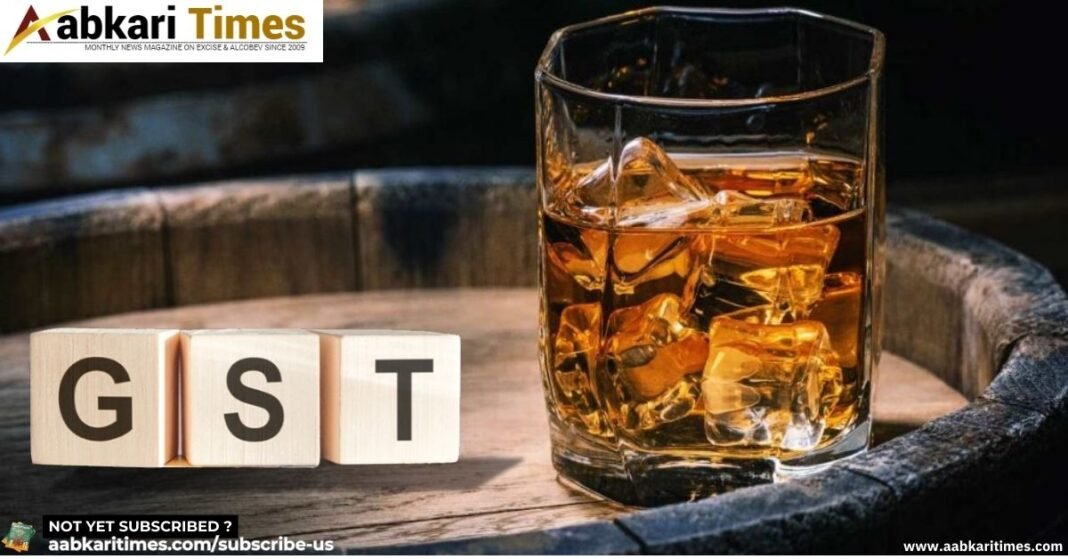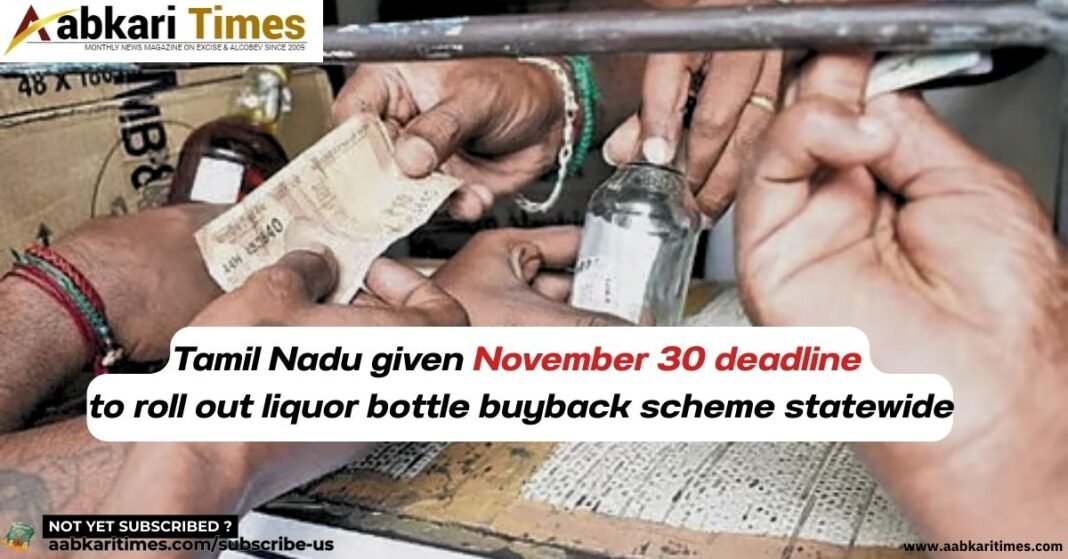With the rollout of GST 2.0 from September 22, 2025, many items such as cigarettes, gutkha, and other “sin goods” will face a higher tax rate of 40% (up from 28%). This move is aimed at discouraging consumption while also boosting government revenues.
However, the government has clarified that alcohol for human consumption will remain outside GST. This means liquor prices will continue to be decided by individual state governments through excise duties, VAT, and other state-level levies.
The Centre has explained that while GST now subsumes the earlier Compensation Cess on many goods, alcohol has been deliberately excluded because it is one of the biggest revenue sources for states. In several states, 15–25% of their own tax collections come from liquor sales, making it a crucial stream for funding welfare and development programs.
Tax experts note that if alcohol were brought under GST, states would lose control over this revenue and face serious fiscal challenges. That’s why, since the launch of GST in 2017, successive GST Council meetings have avoided touching liquor taxation.
Even though alcohol itself stays outside GST, related services—like bottling, packaging, transport, equipment, and advertising—will continue to attract GST. This creates a dual tax structure where the product is taxed by states, but much of the value chain comes under GST.
Globally, practices differ: some countries like Australia and New Zealand include alcohol under national GST, while others keep it separate as an excise item. India has chosen the latter approach, balancing state revenue protection with social deterrence.
Bottom line: Liquor prices won’t rise under the new GST 2.0 rates. But consumers can expect cigarettes, pan masala, and several processed food items to get costlier after September 22.












